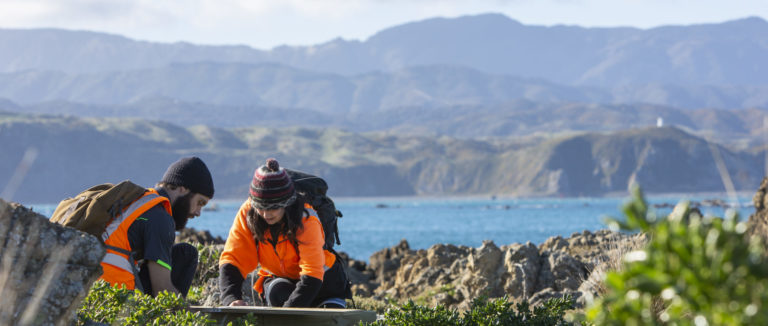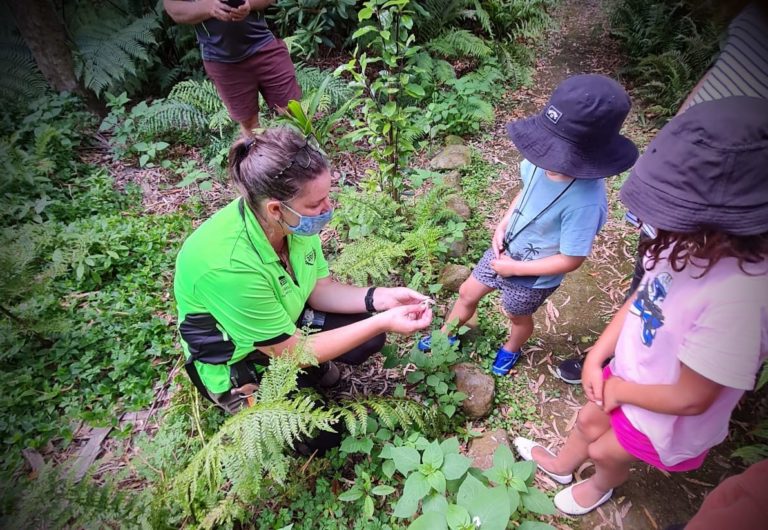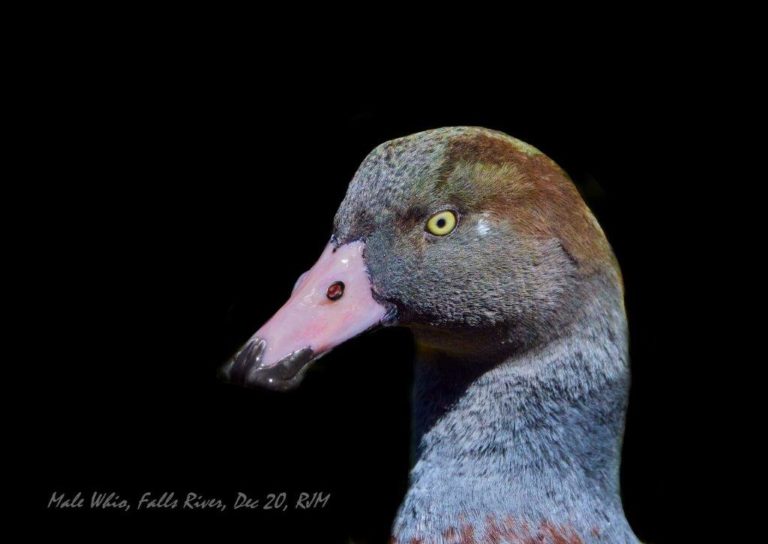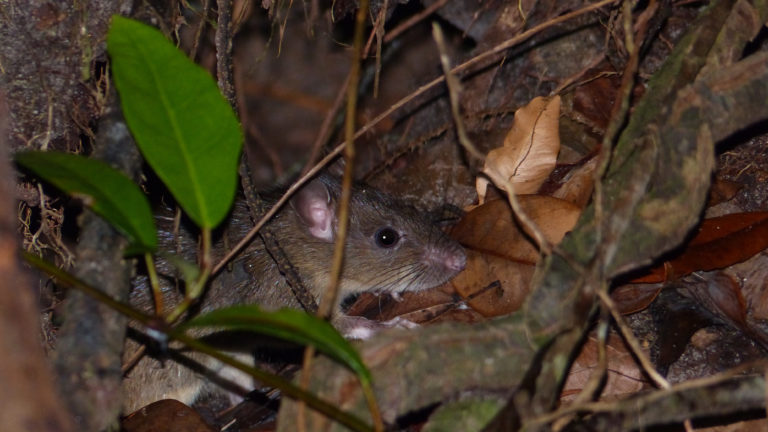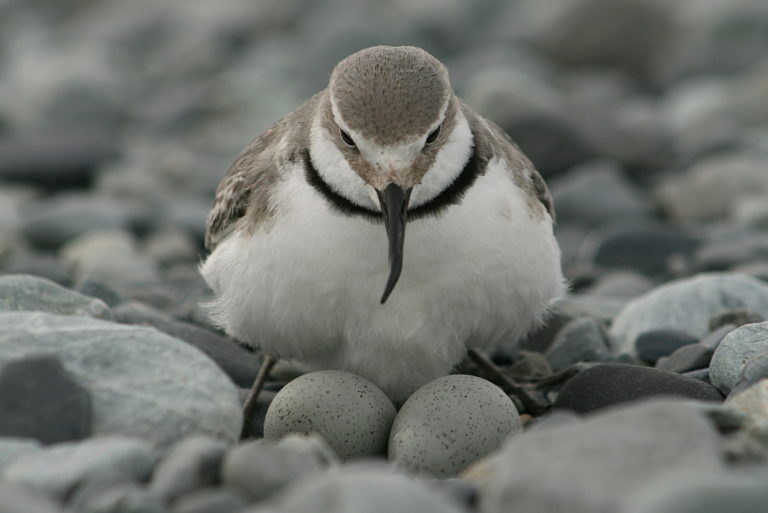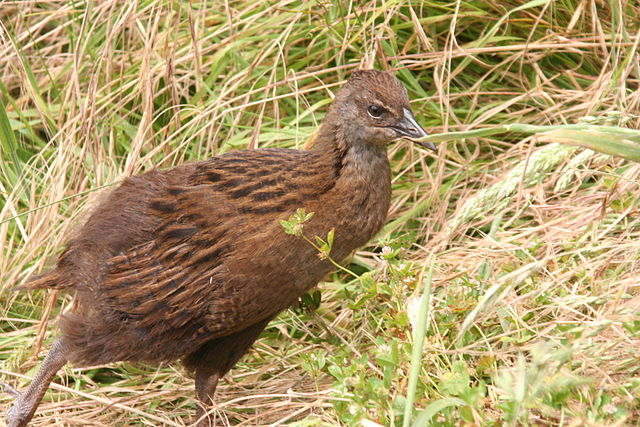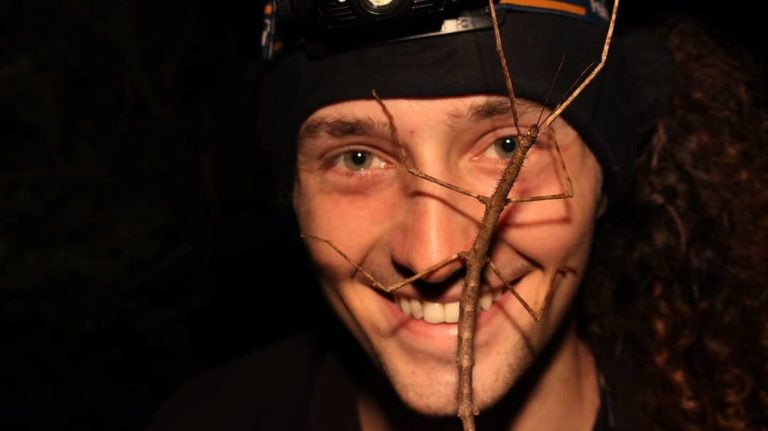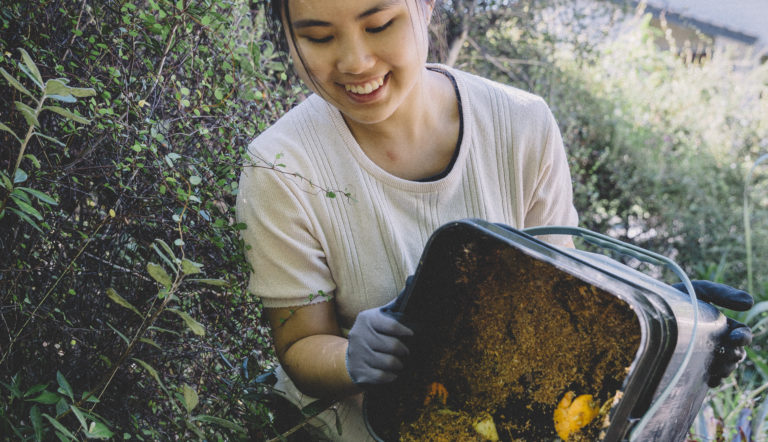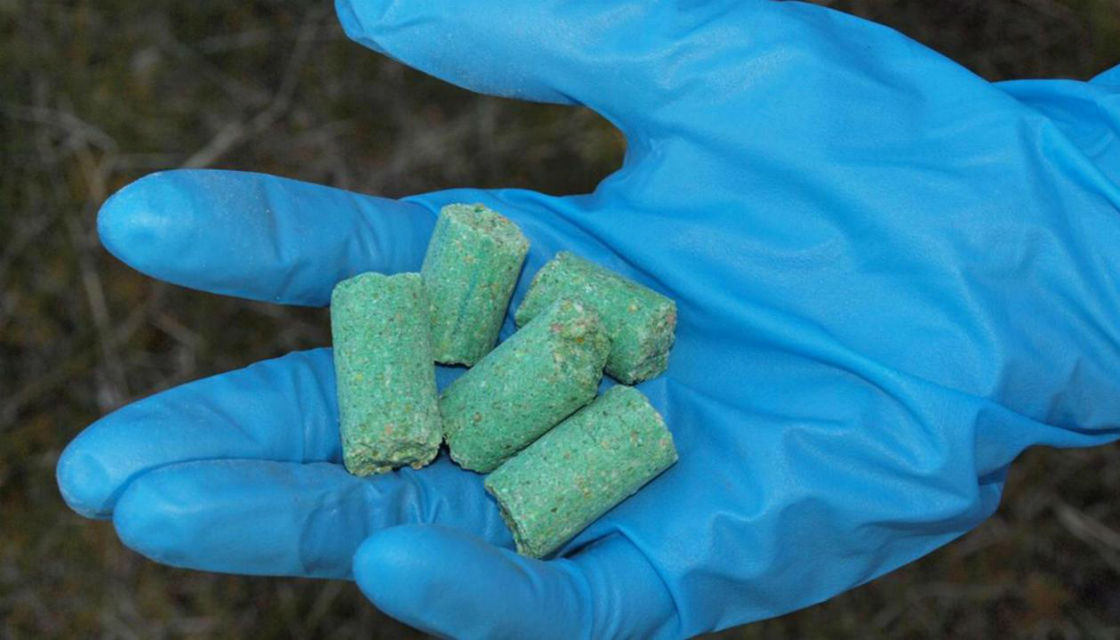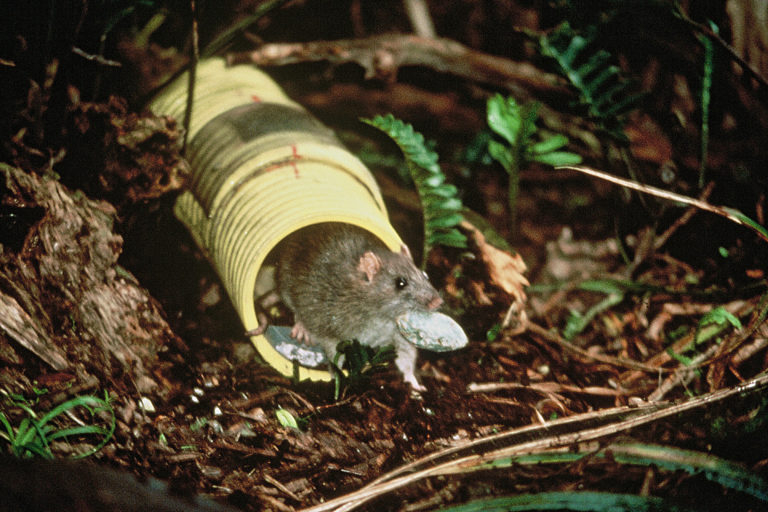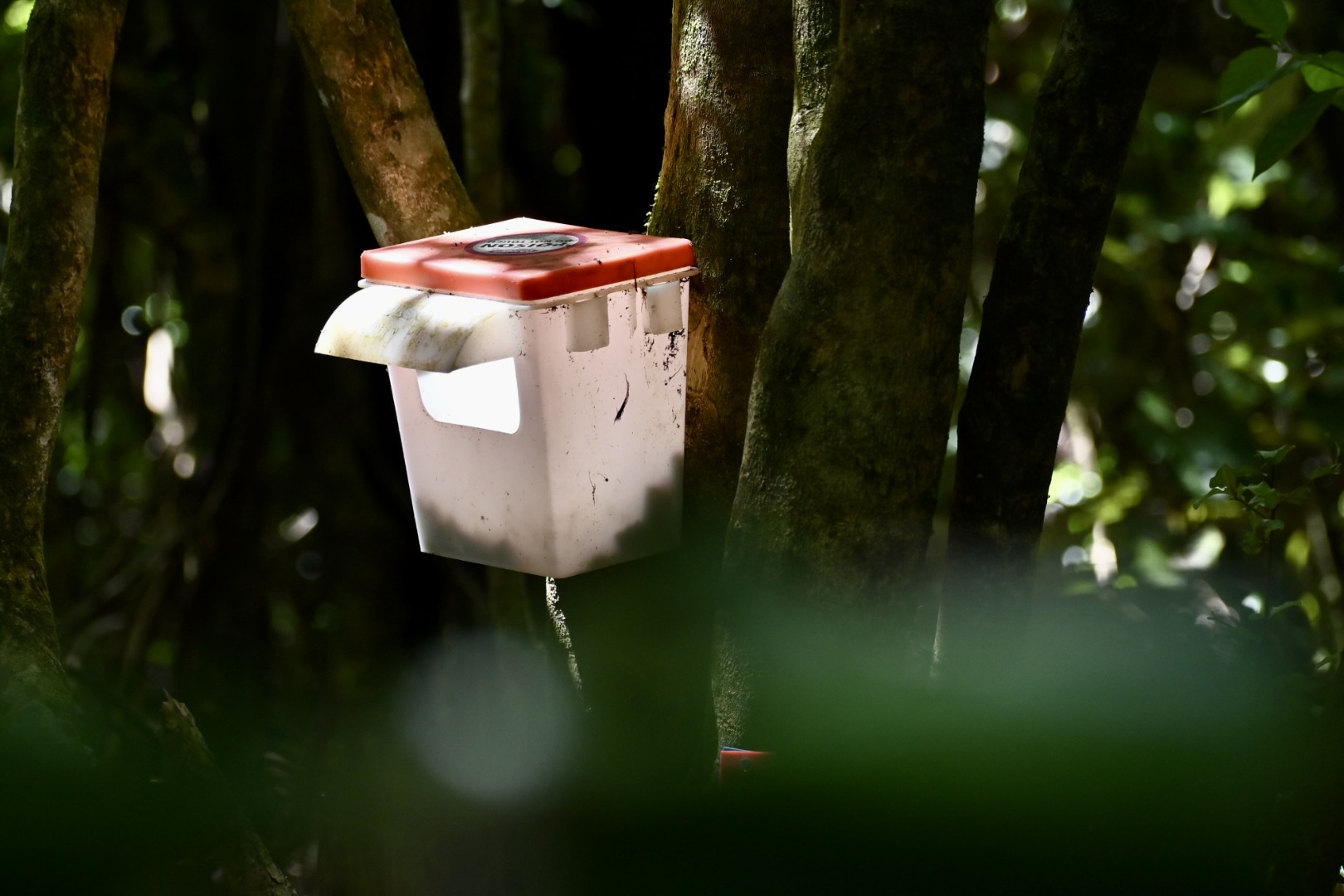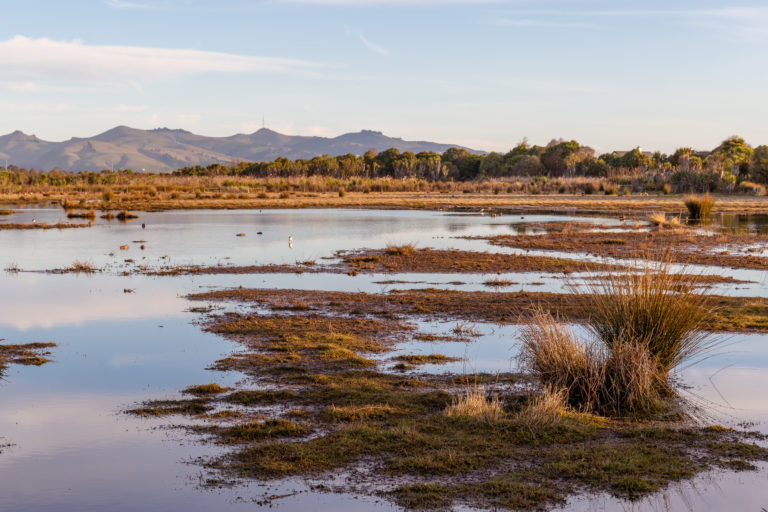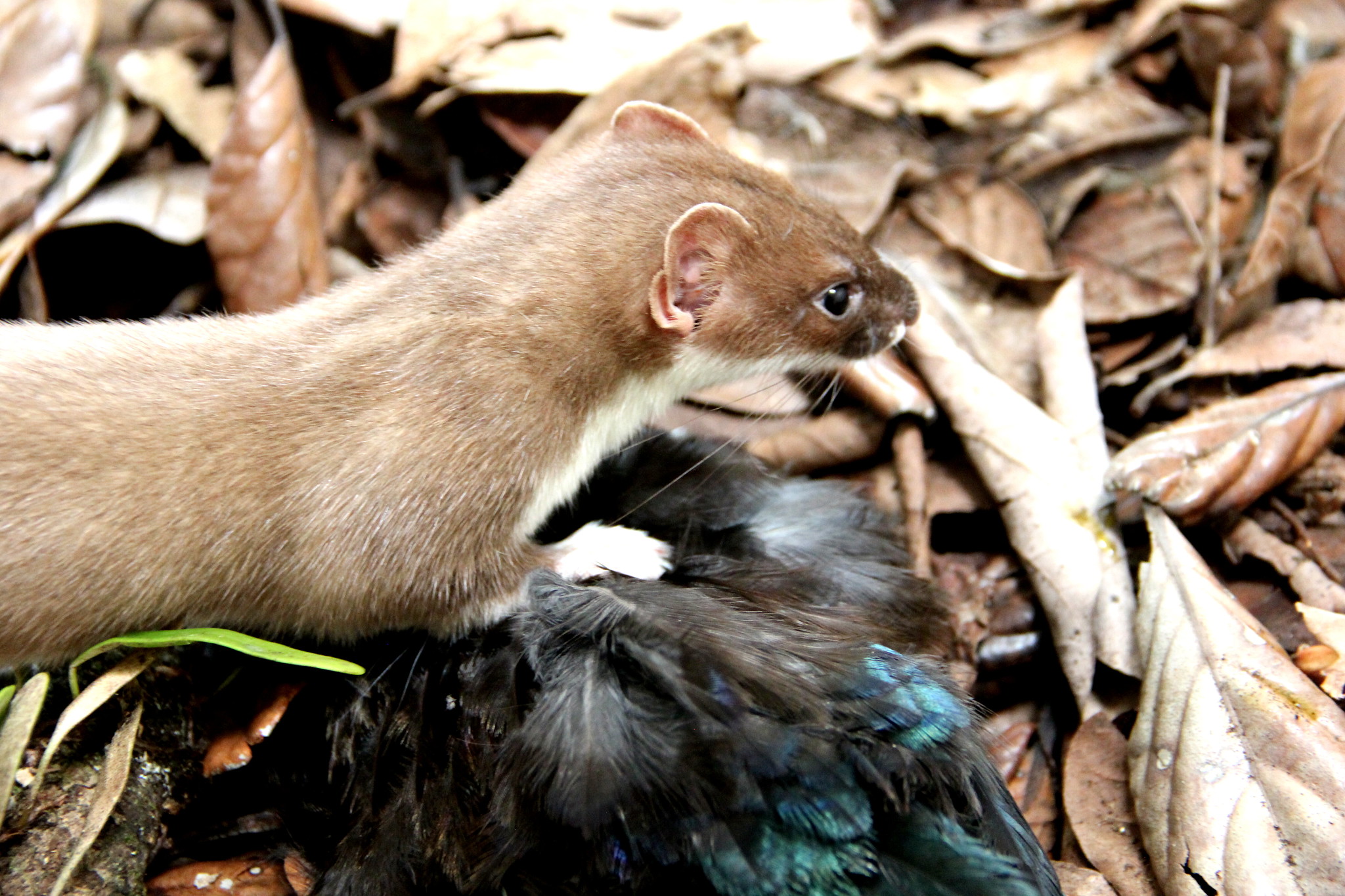Search results for: "rodents"
Sinking ship rats on the Miramar Peninsula
Predator Free Wellington (PFW) is on a mission – they want to be the first predator free capital in the world. So far the project has been a huge success.
Towards Predator-Free Taranaki’s three-pronged approach to tackling its predators
They say good things come in threes and Towards Predator-Free Taranaki takes this statement to heart with three massive predator control projects underway.
Combined control contains the key to whio population growth
A seven-year Department of Conservation study into combined predator control methods has revealed great news for the survival of our native whio (blue ducks).
Oh, rats! 5 rodent facts that will shock you
If you still view rats as merely a packet-gnawing, pooping pantry menace, it’s time to take a second look.
Unusual offices: A glimpse at the life of a Taupō predator free apprentice
They say if you choose a career you love, you’ll never work a day in your life. Technically, apprentice Finn Giddy works “bloody hard” - according to his boss Jason.
‘Fake news’ foils would be predators
To survive and succeed in the wild, every meal an introduced predator eats has to be worth the effort and energy it takes to obtain it.
Time to rethink the weka’s bad-boy image
Weka don’t tend to be the first bird chosen for reintroduction in recovering habitats.
Photographing our lesser-known natives: A Q&A with Sam the animal man
Wildlife photographer Sam Purdie is capturing our lesser-known natives on camera hoping it will raise the awareness of these special species.
Rat proof your compost bin
Do you have rats or mice in your compost bin? Wellington City Council offers these simple steps to predator-proof your compost bin.
Summary of baits
We have written an at-a-glance summary of baits available in New Zealand with details about each bait.
Bait stations for targeting rats
We all want our native wildlife to flourish. However, rats pose an ongoing threat by preying on birds, insects and lizards.
Introduction to bait stations
To allow our flora and fauna to thrive, it is crucial to control introduced predators such as possums and rats.
Courses for secondary school students
We have identified the following predator control courses available for secondary schools NCEA level 2 and 3.
Predator control around wetlands
A wetland is an area that is saturated by water for most (or all) of the time. To form a wetland, surface water collects.
Target ferrets, stoats and weasels in the bush
Controlling ferrets, stoats and weasels over large areas may feel daunting, but having effective systems in place makes a difference.

